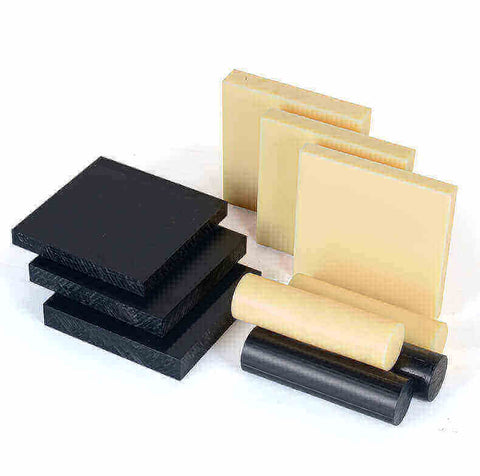Do you have a passion for DIY? Do you love making things with your own hands? If you do, then you should try using ABS plastic blocks for your DIY projects. ABS plastic blocks are amazing materials that you can cut, shape, glue, paint, and recycle. They are strong, versatile, and cheap. In this blog post, we will show you some cool DIY projects that you can do with ABS plastic blocks, and some tips and tricks for working with them.
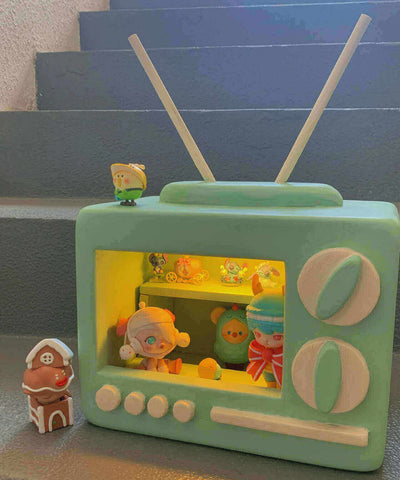
What are ABS plastic blocks?
ABS plastic blocks are made of acrylonitrile butadiene styrene, or ABS for short. ABS is a mixture of three different plastics and one rubber: acrylonitrile, polystyrene, and butadiene. Each component gives the material different properties. Acrylonitrile makes it strong and resistant to chemicals, polystyrene makes it rigid and glossy, and butadiene makes it tough and impact resistant. ABS plastic blocks come in different colors, sizes, and shapes.

Why use ABS plastic blocks for DIY projects?
There are many reasons why ABS plastic blocks are perfect for DIY projects. Here are some of them:
- They are easy to work with. You can use common tools such as saws, drills, knives, scissors, files, sandpaper, etc. to cut and shape them. You can also use heat guns or hair dryers to bend them. You can glue them together with super glue or epoxy resin. You can paint them with acrylic paints or spray paints.
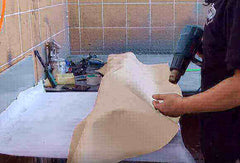
- They are durable and versatile. They can withstand high temperatures, moisture, chemicals, and impacts. They can be used for indoor or outdoor projects. They can be made into various objects such as toys, furniture, sculptures, signs, etc.
- They are recyclable and eco-friendly. You can reuse them for different projects or melt them down and remold them into new shapes. You can also dispose of them in recycling bins or send them to recycling centers.
What are some examples of DIY projects with ABS plastic blocks?
There are endless possibilities for DIY projects with ABS plastic blocks. You can use your imagination and creativity to make anything you want. Here are some examples to inspire you:
- Building toys. You can use ABS plastic blocks to build your own Lego-like toys, such as cars, robots, houses, etc. You can also mix and match them with other building blocks or accessories. You can have fun playing with your creations or give them as gifts to your friends or family.
- Furniture. You can use ABS plastic blocks to make your own furniture, such as stools, tables, shelves, etc. You can customize them according to your preferences and needs. You can also decorate them with stickers, decals, or other embellishments. You can use them for your home or office or sell them online or at craft fairs.
- Sculptures. You can use ABS plastic blocks to make your own sculptures, such as animals, plants, abstract shapes, etc. You can express your artistic vision and style with different colors and patterns. You can display them in your living room, bedroom, garden, or gallery.
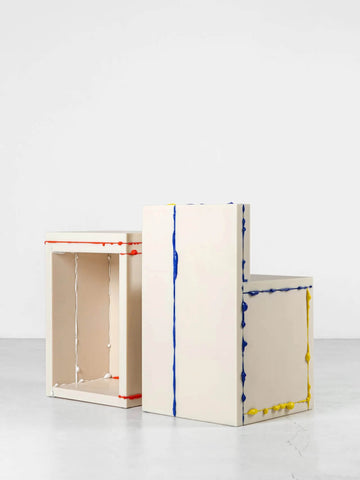
What are some tips and tricks for working with ABS plastic blocks?
Working with ABS plastic blocks is easy and fun, but there are some tips and tricks that can help you improve your skills and speed up your process. Here are some of them:
- Use a sharp and clean tool to cut the blocks. You can use a hacksaw, a utility knife, a rotary tool, or a laser cutter to cut the blocks into the desired shapes and sizes. Make sure to wear protective gloves and goggles when cutting the blocks. You can also use a ruler, a pencil, or a marker to mark the cutting lines on the blocks.
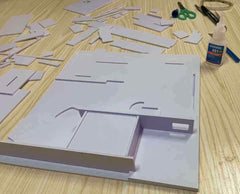
- Use a heat gun or a hair dryer to bend the blocks. You can use a heat gun or a hair dryer to soften the blocks and bend them into curves or angles. You can also use a mold, a clamp, or a vice to hold the blocks in place while heating and bending them. Be careful not to overheat or burn the blocks. You can also use cold water or ice to cool down and harden the blocks after bending them.
- Use super glue or epoxy resin to glue the blocks together. You can use super glue or epoxy resin to bond the blocks together. You can also use clamps or tape to hold the blocks in place while the glue is curing. Make sure to apply the glue evenly and sparingly on the surfaces of the blocks. You can also use sandpaper or a file to smooth out any excess glue or rough edges on the joints.

- Use acrylic paints or spray paints to paint the blocks. You can use acrylic paints or spray paints to color the blocks. You can also use brushes, rollers, stencils, or masking tape to create different patterns and effects on the blocks. Make sure to clean and dry the blocks before painting them. You can also use a primer, a sealer, or a varnish to protect and enhance the paint on the blocks.
We hope you enjoyed this blog post and learned something new about ABS plastic blocks. If you want to try using ABS plastic blocks for your DIY projects, you can visit our website or contact us for more information. We have a wide range of ABS plastic blocks in different colors, sizes, and shapes for you to choose from. We also offer custom orders and fast delivery. Thank you for reading and happy DIY-ing!
🎉🎉🎉Limited Time Offer Use code: QR4GNY08SHVR at checkout and enjoy a special discount on your entire order! 👉 ABS plastic
